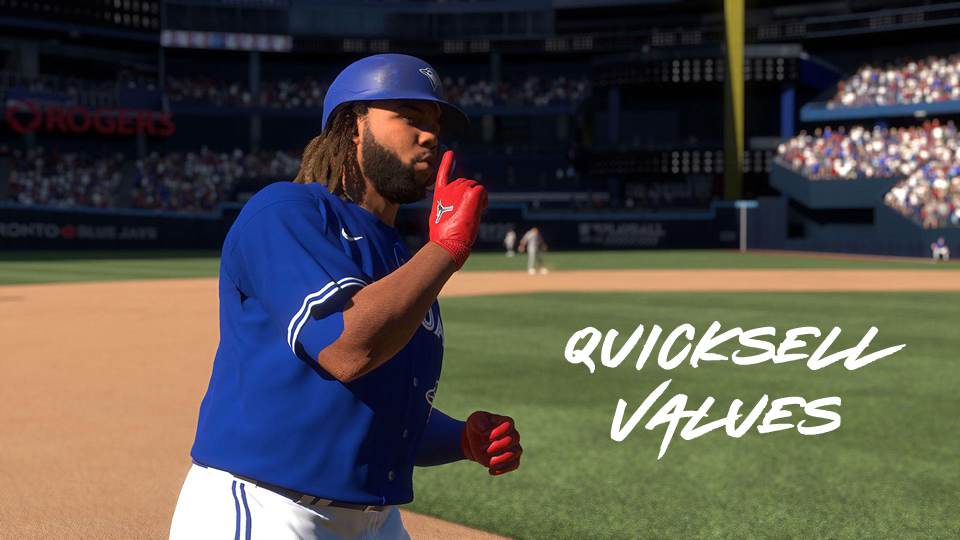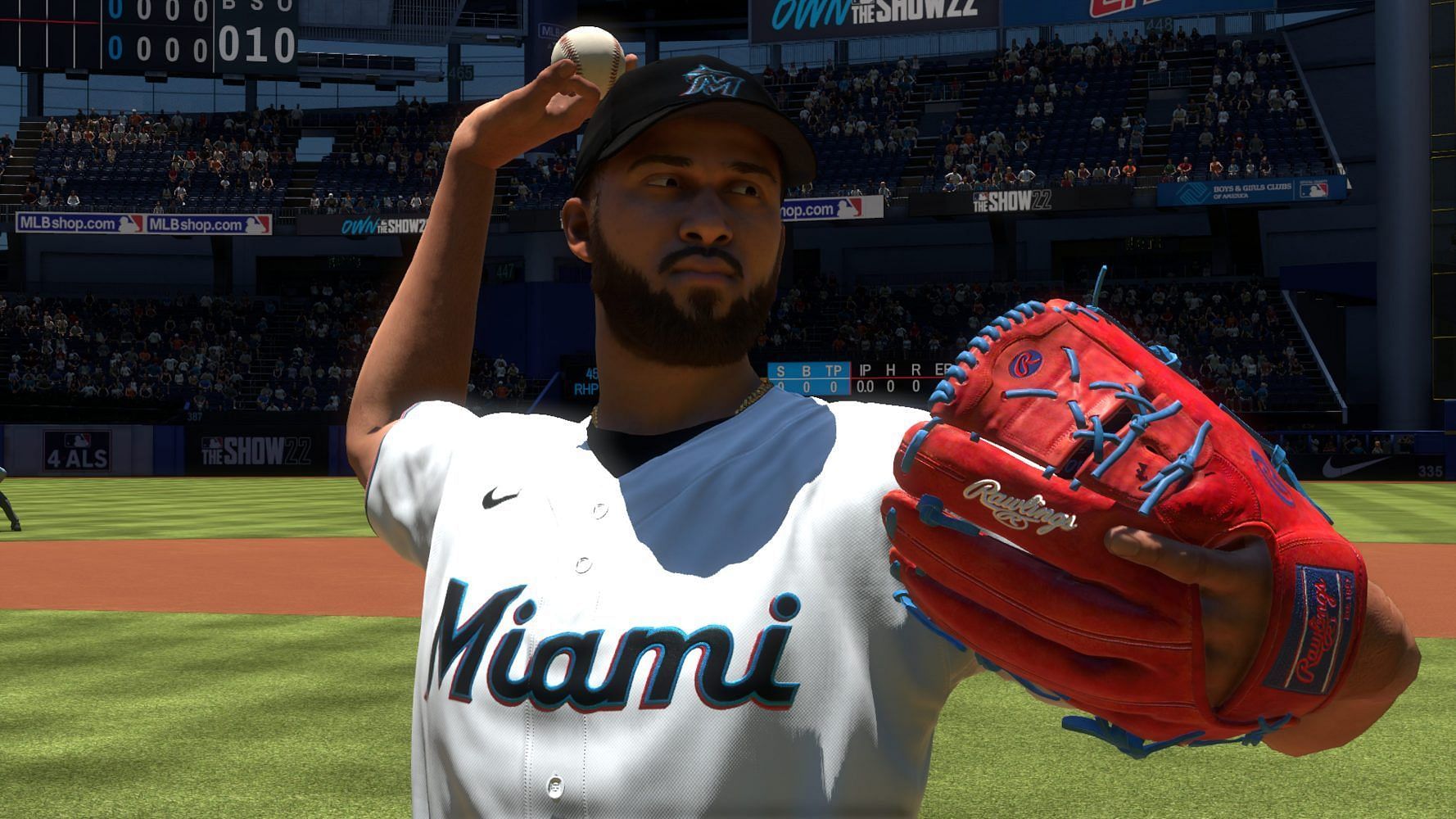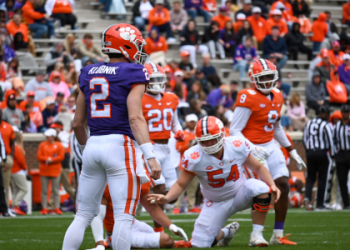Alright, let’s talk about something I spent a bit of time figuring out in MLB The Show – the quicksell values for player cards. It wasn’t super obvious at first, and like many things in Diamond Dynasty, you kinda have to dig in yourself or just stumble upon how it works.

So, I remember having a ton of cards just sitting in my binder. Loads of duplicates, guys I knew I’d never use. My stubs were looking a little low, and I thought, “Okay, time for a clear-out.” I started just clicking on cards and hitting ‘Quicksell’. Easy enough. But then I started noticing the amounts. Some cards gave me almost nothing, others gave a decent chunk. I wasn’t really paying close attention, just trying to get through the pile.
After a while, though, I got curious. Why was this Gold card worth way more to quicksell than that Silver one? Seemed obvious, maybe, higher overall equals more stubs. But was it consistent? I decided to actually check it out properly instead of just blindly clicking.
My Little Investigation
I stopped the mass selling and went into my inventory. I started sorting my cards by Overall Rating (OVR). This made things much clearer. I picked a few Bronze cards, all different players but the same OVR, like 68. Checked the quicksell value. Then I checked another few 68 OVR cards. Same value. Okay, interesting.
Then I did the same for Silvers. Grabbed a couple of 77 OVR guys. Checked their quicksell. Yep, consistent again, and obviously higher than the Bronze ones. I moved up to Golds, same deal. Picked an 81 OVR, noted the value. Picked another 81 OVR, same value. It clicked then – the quicksell value isn’t unique to the player, it’s tied directly to their OVR tier.
So, I decided to actually write these down, just for my own reference. Felt a bit like busywork, but I wanted to know for sure. I went through the main tiers:

- Common (Below 65 OVR): These guys were barely worth anything, like 5 stubs each. Basically pocket change.
- Bronze (65-74 OVR): These consistently gave me 25 stubs. Better than nothing, especially when you have dozens of them.
- Silver (75-79 OVR): Jumped up to 100 stubs. Okay, starting to add up a bit quicker now.
- Gold (80-84 OVR): This was a nice jump, 1,000 stubs each. This is where I started thinking twice – should I quicksell or check the market?
- Diamond (85-89 OVR): These lower-tier Diamonds netted 3,000 stubs. Definitely significant.
- Diamond (90+ OVR): And the higher Diamonds, the really good ones, quicksold for 10,000 stubs.
Now, these values might sometimes change slightly year to year, or there might be special card types, but for the basic Live Series and many other common cards, this seemed to be the structure I kept finding.
Why Bother Knowing This?
Well, knowing these numbers actually helped quite a bit. When I got a duplicate Gold card, I knew instantly it was worth at least 1,000 stubs. If the market price was hovering around 1,100, after the tax, it might be faster and easier just to quicksell it rather than wait for a sell order to go through. Especially for cards where the market value is barely above the quicksell minimum.
For Diamonds, knowing the 3k or 10k baseline was super useful. Sometimes the market crashes a bit, or a certain Diamond card just isn’t popular. If its ‘sell now’ price dipped close to the quicksell value, I knew I had a safety net. No point listing it for 3,100 stubs and waiting when I could just get 3,000 instantly.
It also made cleaning out my binder much more efficient. I could quickly identify which duplicates were worth taking a moment to check the market for (usually Golds and Diamonds) and which ones (Bronze, Silver, Commons) I could just quicksell in bulk without much thought, unless I was trying to complete specific collections, of course.
So yeah, that was my little journey into understanding quicksell values. It’s a simple system once you see the pattern. Just took a bit of focused effort sorting through the cards and noting down the numbers. Now, it’s second nature when I’m managing my inventory. Hope sharing this little practical step helps someone else out there!






